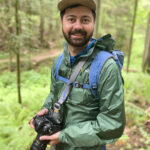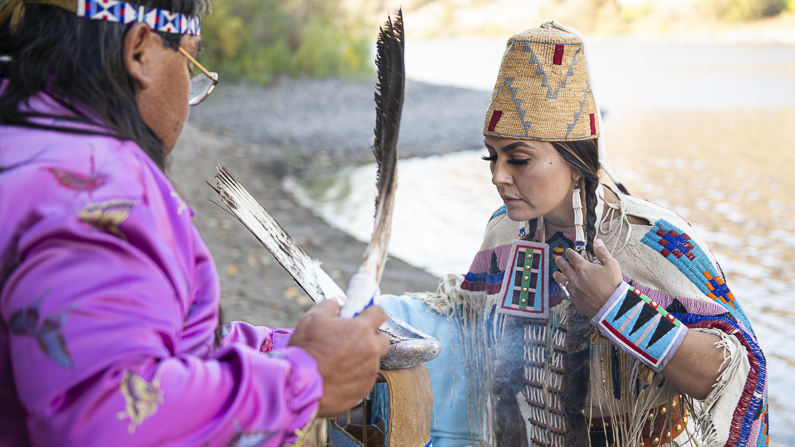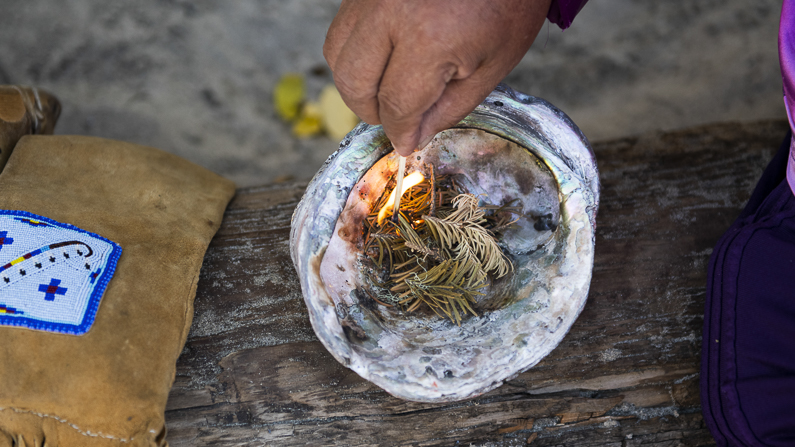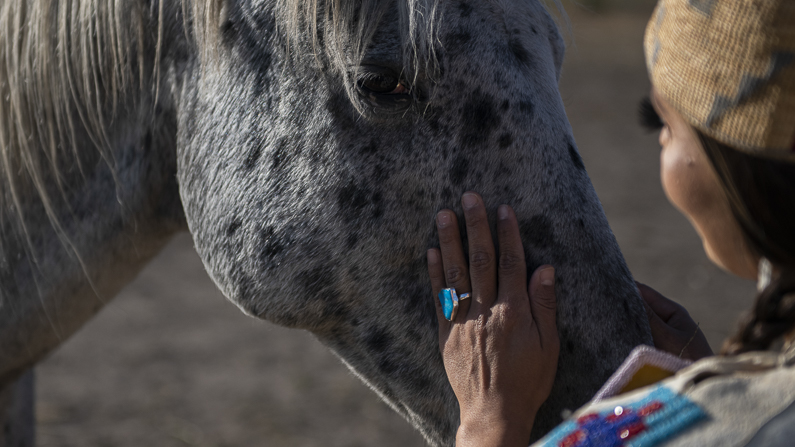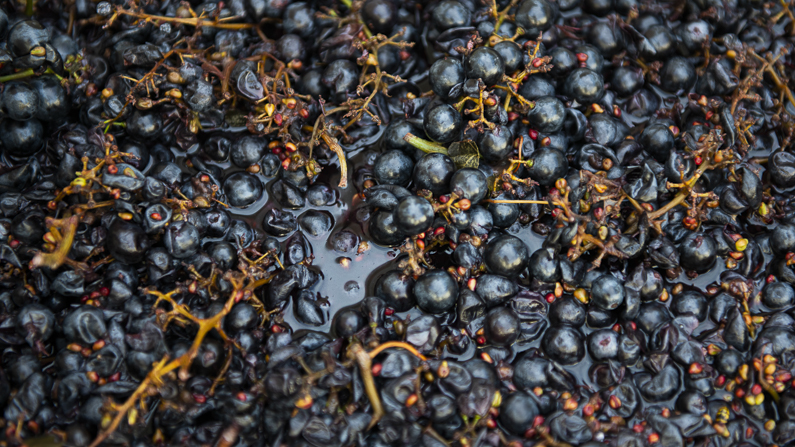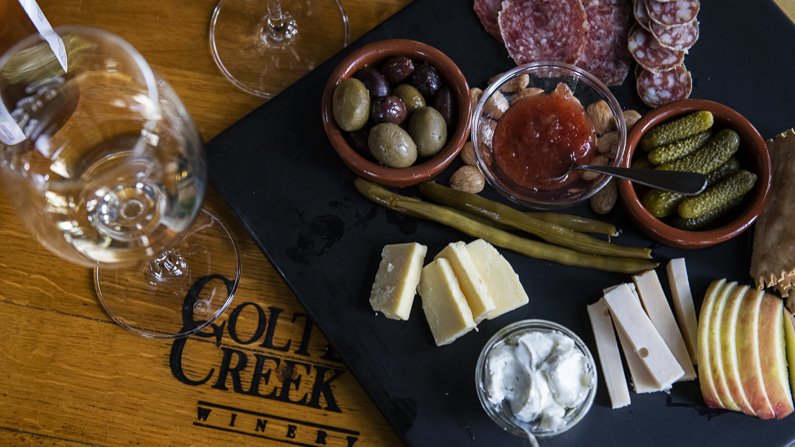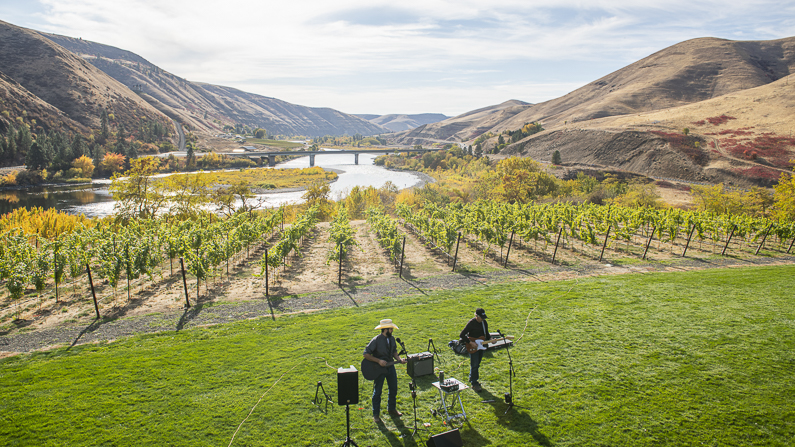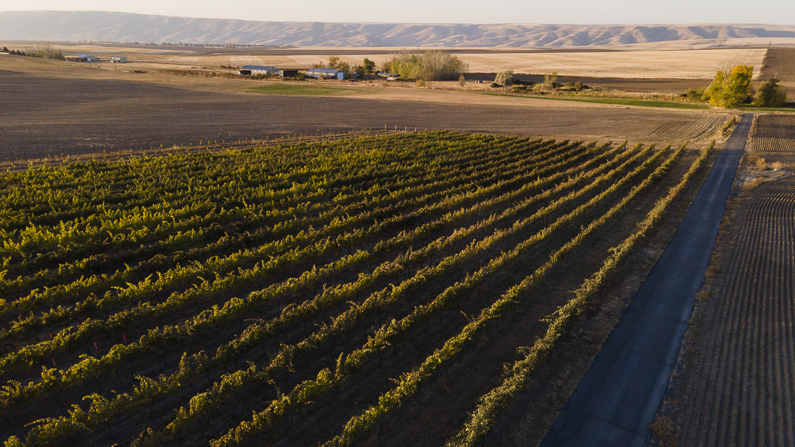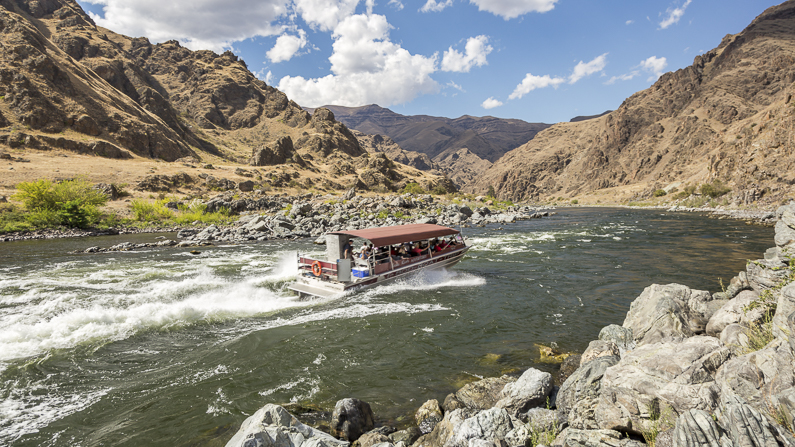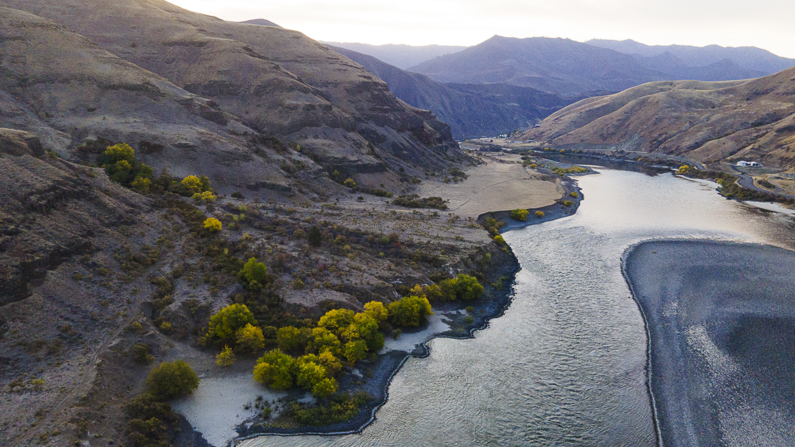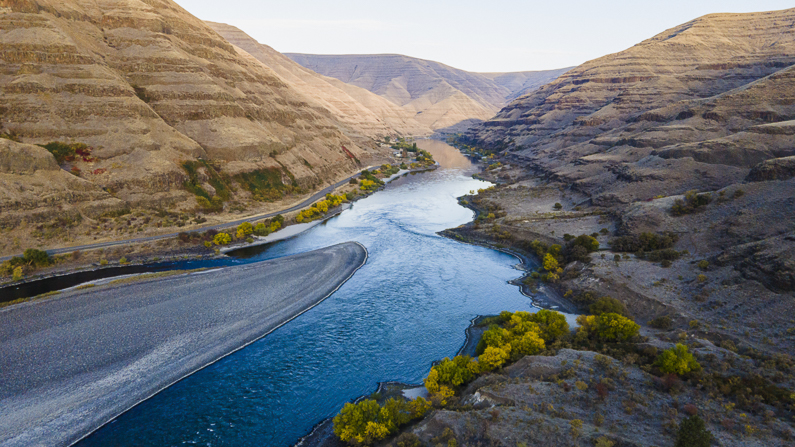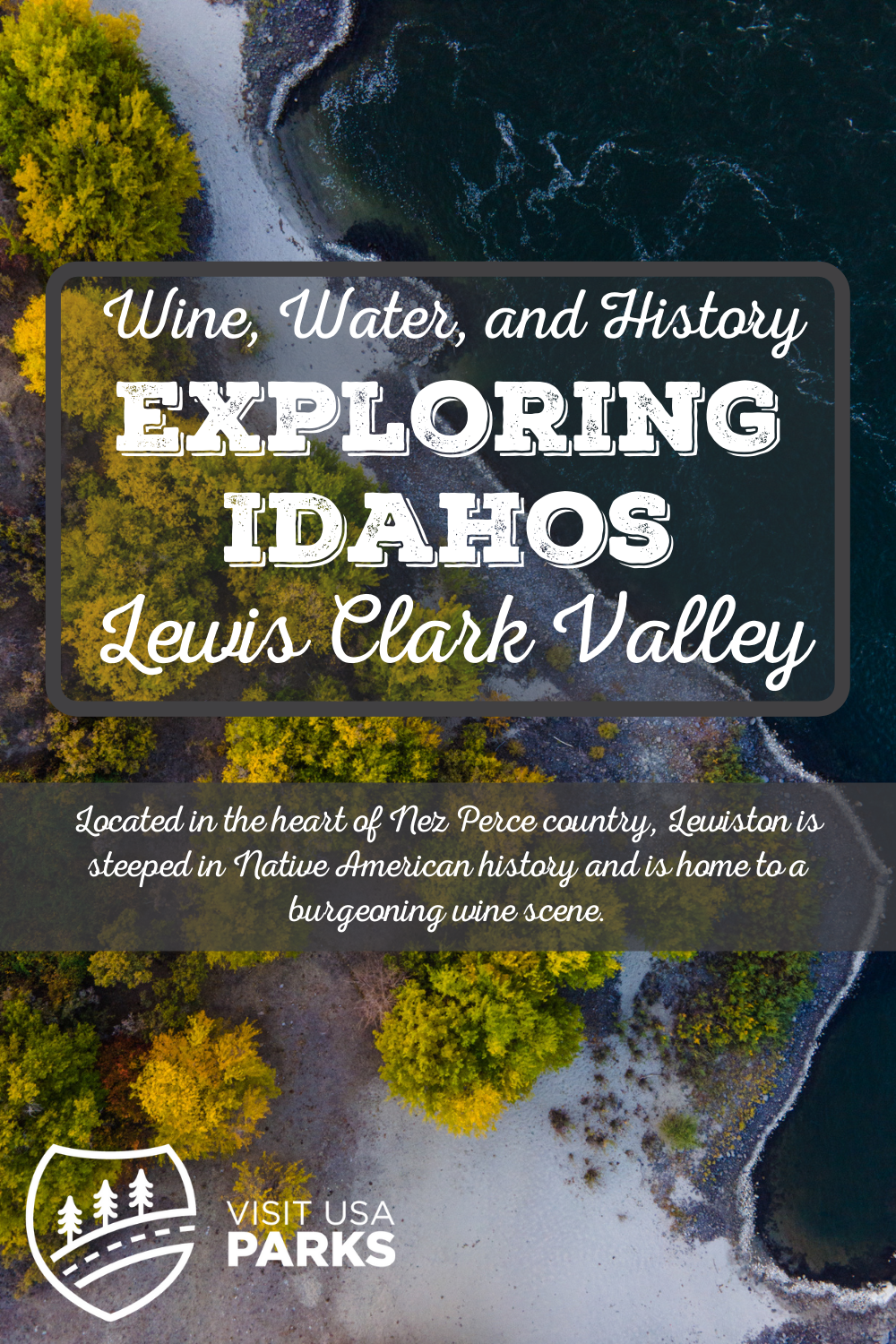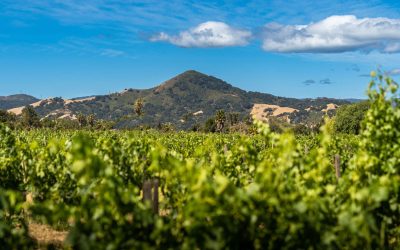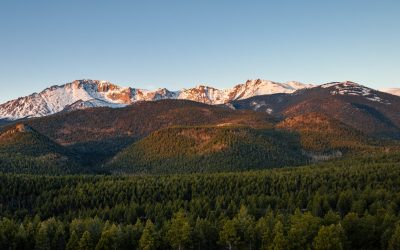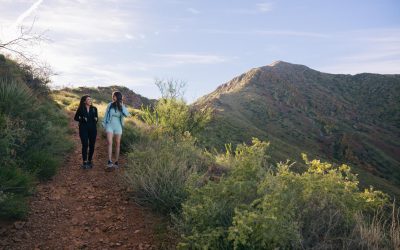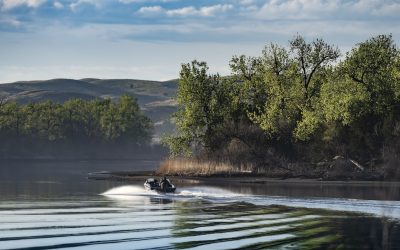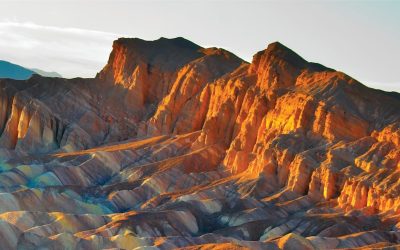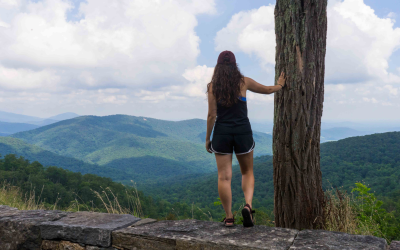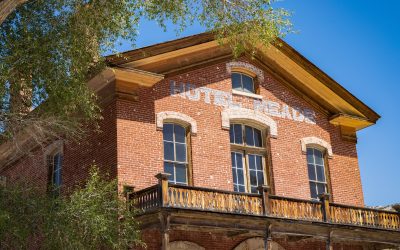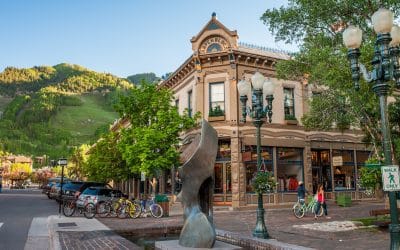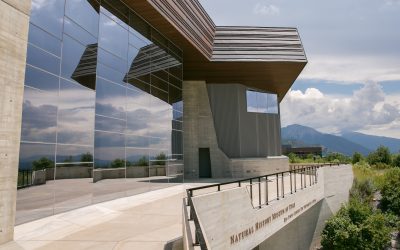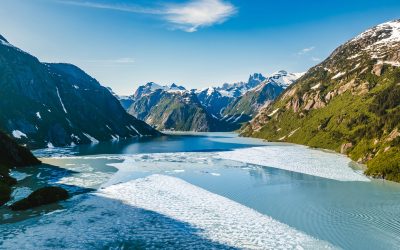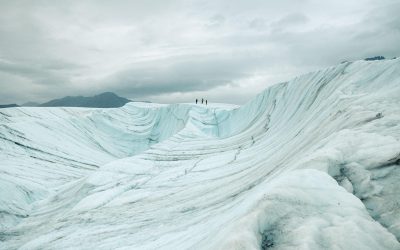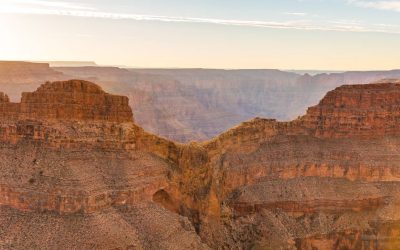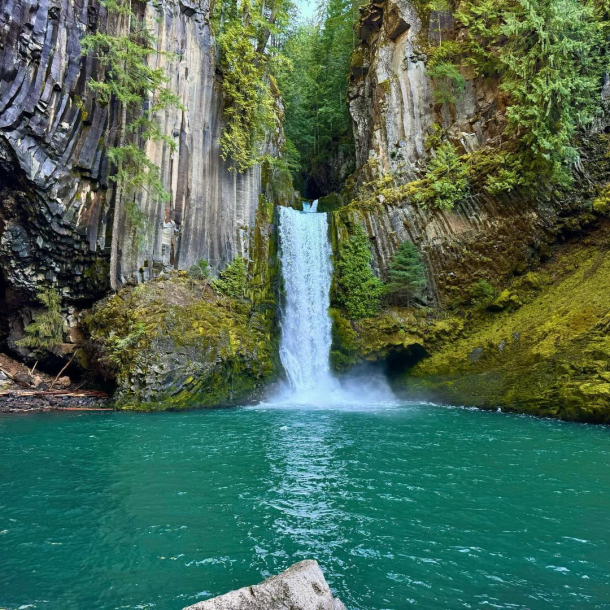465 miles upriver from the Pacific Ocean, you’ll run into Lewiston, the West Coast’s furthest inland port. Here, at the confluence of the Snake and Clearwater rivers, you’ll find deep canyons, Native American history, and the oldest grape growing region in the Pacific Northwest. I spent a few days here in late fall and left with a deeper appreciation of Nimiipuu (Nez Perce) history, a few bottles of wine, and a half-decent tan for October.
This story was created in partnership with Visit Lewis Clark Valley. All photos are by Nick Cote unless otherwise noted.
Take a History Lesson
Though the region’s namesake comes from the frontiersmen-duo Meriwether Lewis and William Clark, the Nimiipuu people were established here for millennia before they encountered the Lewis and Clark expedition. After a brutal winter crossing Montana’s Bitterroot Mountains, the expedition was nursed back to health here by the Nimiipuu in the spring of 1806. The goodwill, however, wasn’t returned when the U.S. Army forced the Nimiipuu off their land in the infamous Nez Perce Flight of 1877 and the reservation was slashed to 750,000 acres, a fraction of the 7.5 million acres promised in an 1855 treaty.
The historical narrative of this area has long been dominated by non-native white settlers, so I took a tour with Stacia Morfin, founder of Nez Perce Tourism, to learn about the area from a Native perspective. Every nook of the valley has a story behind it, handed down for generations, giving life to the rolling, boulder-strewn landscape. A handful of sites around the valley comprise the Nez Perce National Historic Park, where I had the opportunity to partake in a smudging ceremony on the banks of the Clearwater River and learn about a trove of artifacts reacquired by the tribe 25 years ago.
At another site along the Snake River, hundreds of ancient petroglyphs have been inscribed on the rocks at ˀilaˀqatp’áatpa (Buffalo Eddy), which means “place where the sun hits the Earth.” Tread lightly—the petroglyphs have been dated to be around 4,500 years old.
Take a Sip
You may not ring up many similarities between Idaho and Bordeaux, France, but there are two important ones: climate and soil. At just around 800 feet in elevation, Lewiston has a warm, dry climate, earning it the nickname as the “banana belt” of Idaho and an official American Viticultural Area (AVA) designation. What that means is you’ll find vineyards cultivating grapes suited to dry climates and steep, sunny hillsides.
Prohibition put the brakes on early development of the wine industry here (Idaho was one of the first dry states), but there’s been a resurgence of wineries that’s put the region back on the map. Take a tour yourself, or do as I did and let Twisted Vine do the driving. Not only do you get a designated-driver, but founder Clint Hoiland is a local who’s passionate about telling the story of the Lewiston AVA. We started off at Colter’s Creek in the tiny town of Juliaetta, where I tried a bright Riesling and a peppery red blend (don’t sleep on the food either). Down the road we stopped at Rivaura, where winemaker Vince Hewitt showed me the grapevines where the Syrah I had in hand were grown. Back in Lewiston, Jovinea Cellars is tucked in a former alleyway between two historic downtown buildings, where winemaker Lisa Grigg experiments with lesser known grapes, such as a Tinta Cao I tried. And for sunset, it’s worth making the trek out to Lindsay Creek Vineyards, where owner Art McIntosh, a fourth-generation wheat farmer, decided in 2007 that he’d rather grow grapes (it was a good decision).
Take a Boat Ride
Just downriver from Lewiston lies the gateway to Hells Canyon, the deepest river gorge in North America (yes, it is deeper than the Grand Canyon–by nearly 2,000 feet). You can drive south along the Snake River and take in the views, but the best way to go is by jet boat. Nez Perce Tourism offers tours with local Nimiipuu guides who focus on the history of their ancestors, who have inhabited the canyon for thousands of years. Along the way you’ll pass ancient encampments and hear the oral history and legends of the river. There are a handful of other operators as well who offer tours focused on fishing, wildlife watching and whitewater rafting as well. If you’re lucky, you might reel in the “triple crown” – a steelhead, a salmon, and a sturgeon.
Image courtesy of Visit Lewis Clark Valley
After three days, I feel like I barely scratched the surface; with 16 vineyards, dozens of historical sites and miles of river, there’s plenty left to explore. And if the stars align, maybe I’ll land an enormous, ever-elusive sturgeon.
